Kamakiriad by Donald Fagen
Buy Kamakiriad This album review is provided by Mike Fishman, who has written about Van Morrison for the Mystic Avenue blog and writes about film for IndependentFilmNow.com. Kamakiriad (1993) was Donald Fagen‘s second […]
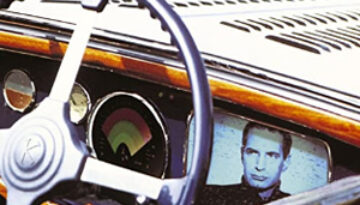
Buy Kamakiriad This album review is provided by Mike Fishman, who has written about Van Morrison for the Mystic Avenue blog and writes about film for IndependentFilmNow.com. Kamakiriad (1993) was Donald Fagen‘s second […]
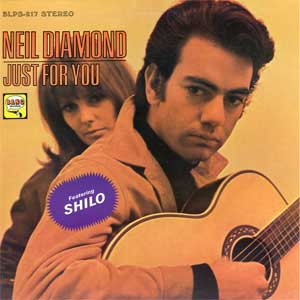
Buy Just For You Neil Diamond broke through in a big way in 1966 and 1967, both as a performer and a respected songwriter (although he had been writing “hit” songs for other […]
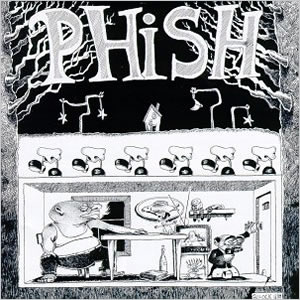
Buy Junta Originally released only on cassette, Junta by Phish, defies almost every convention for debut albums. The album was independently recorded and produced by the Vermont-based group but contains top-notch sound to […]
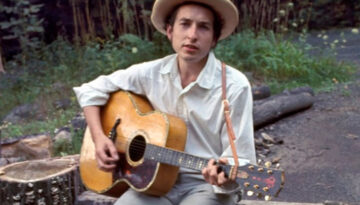
Buy John Wesley Harding After a relatively long hiatus from recording due to a serious motorcycle accident, Bob Dylan returned to simple form and constructs with his eighth studio album, John Wesley Harding, […]
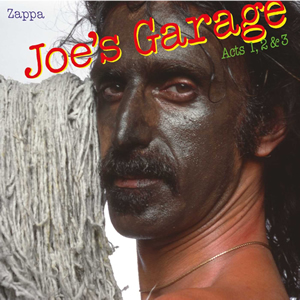
Buy Joe’s Garage Acts I, II & III Frank Zappa is one of those musical figures that people either get or they don’t. If you happen to fall in the latter category and […]
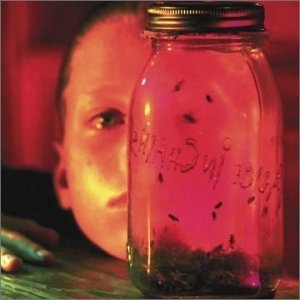
Buy Jar of Flies One of the biggest debates about Jar of Flies by Alice In Chains is how exactly to refer to it. Wikipedia refers to it as “the first EP in […]
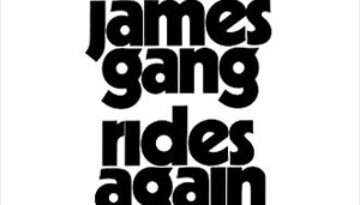
Buy James Gang Rides Again The James Gang reached the peak of their relatively short time together with front man Joe Walsh with their sophomore album James Gang Rides Again in the summer […]
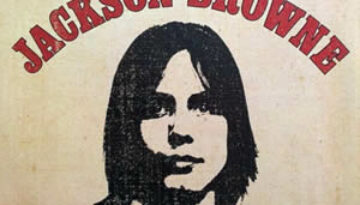
Buy Jackson Browne Sometimes referred to as “Saturate Before Using”, Jackson Browne‘s 1972 self-titled debut showcases his early style of composing and performing reflective ballads. This album achieved a healthy measure of commercial […]
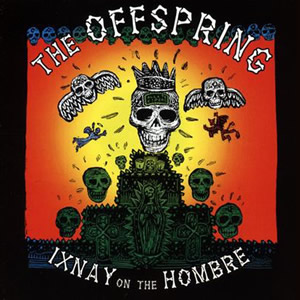
Buy Ixnay on the Hombre In their prime, The Offspring‘s music found the sweet spot somewhere between hard rock and hardcore. Their 1997 fourth overall release and major label debut, Ixnay on the […]
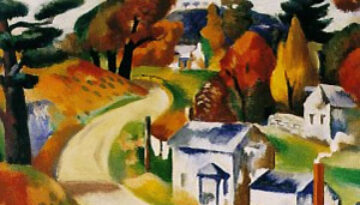
Buy Into the Great Wide Open Tom Petty continued his impressive commercial success as a new decade unfolded with Into the Great Wide Open, the eighth studio album by Petty and The Heartbreakers. […]